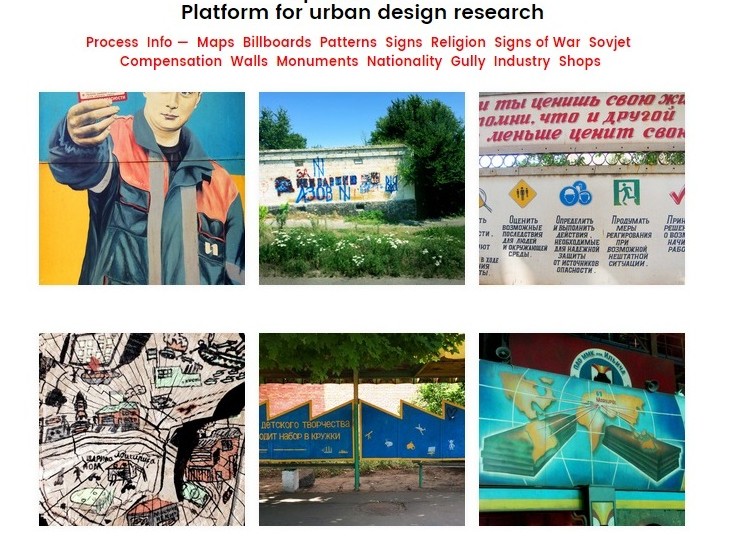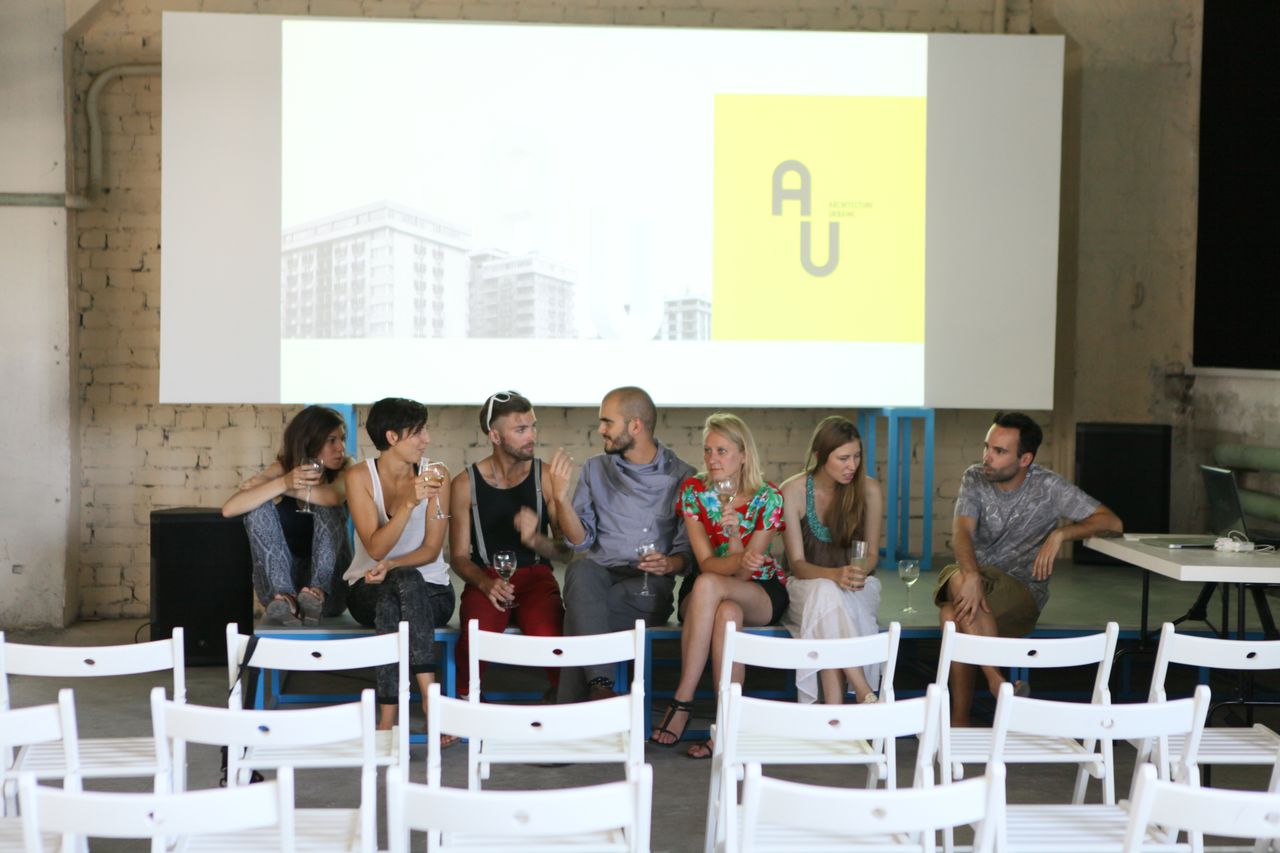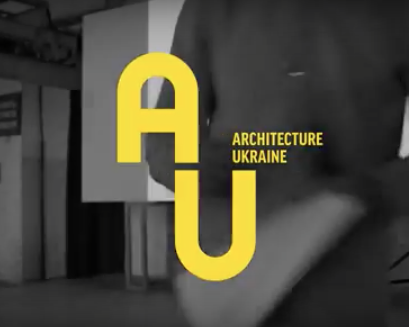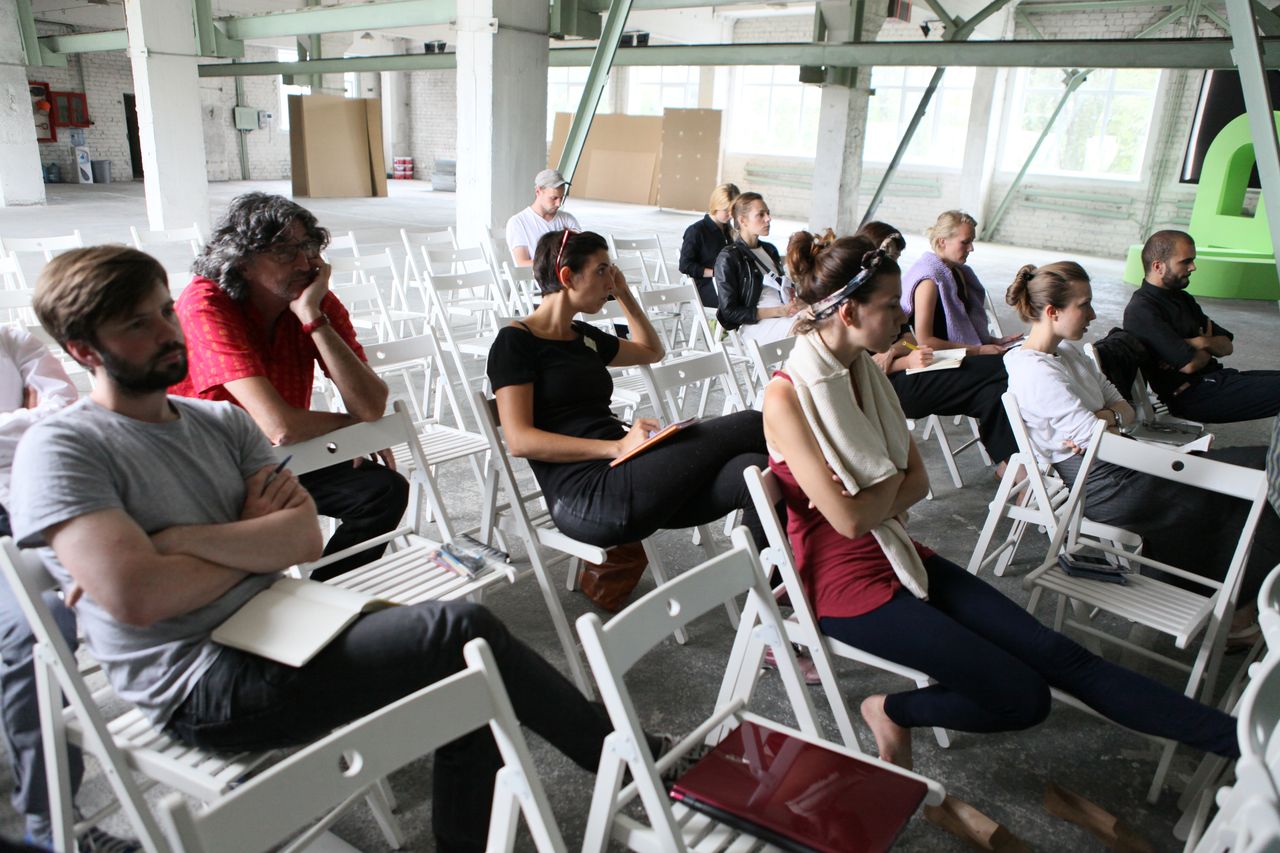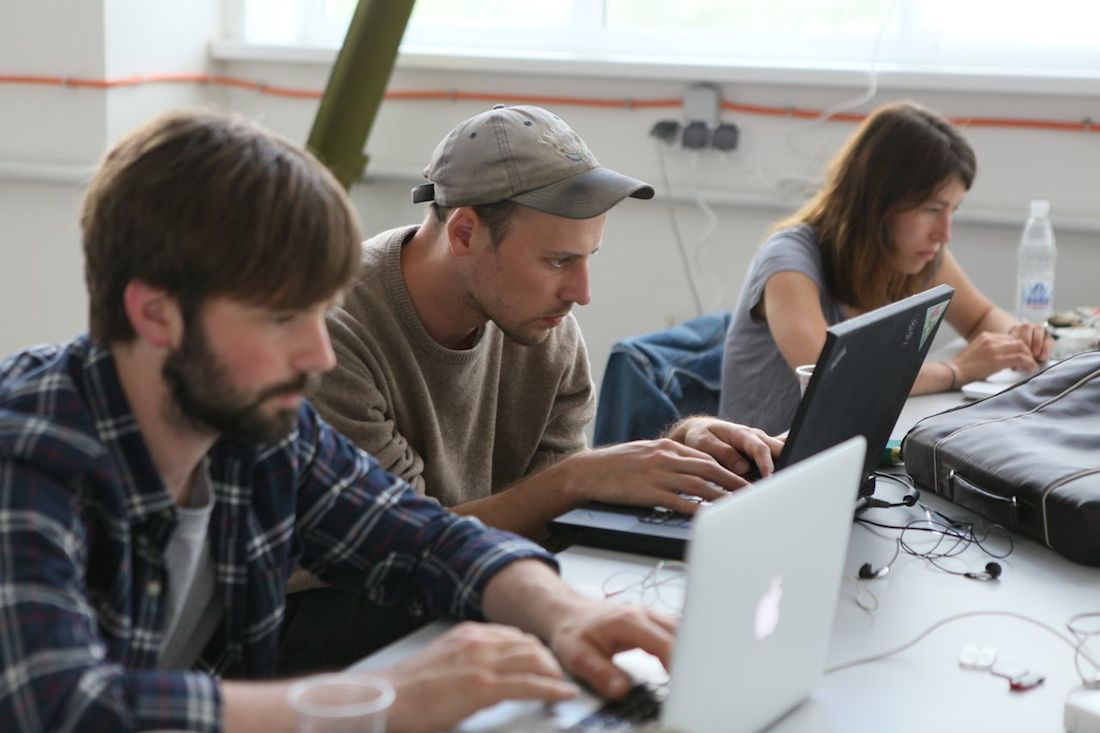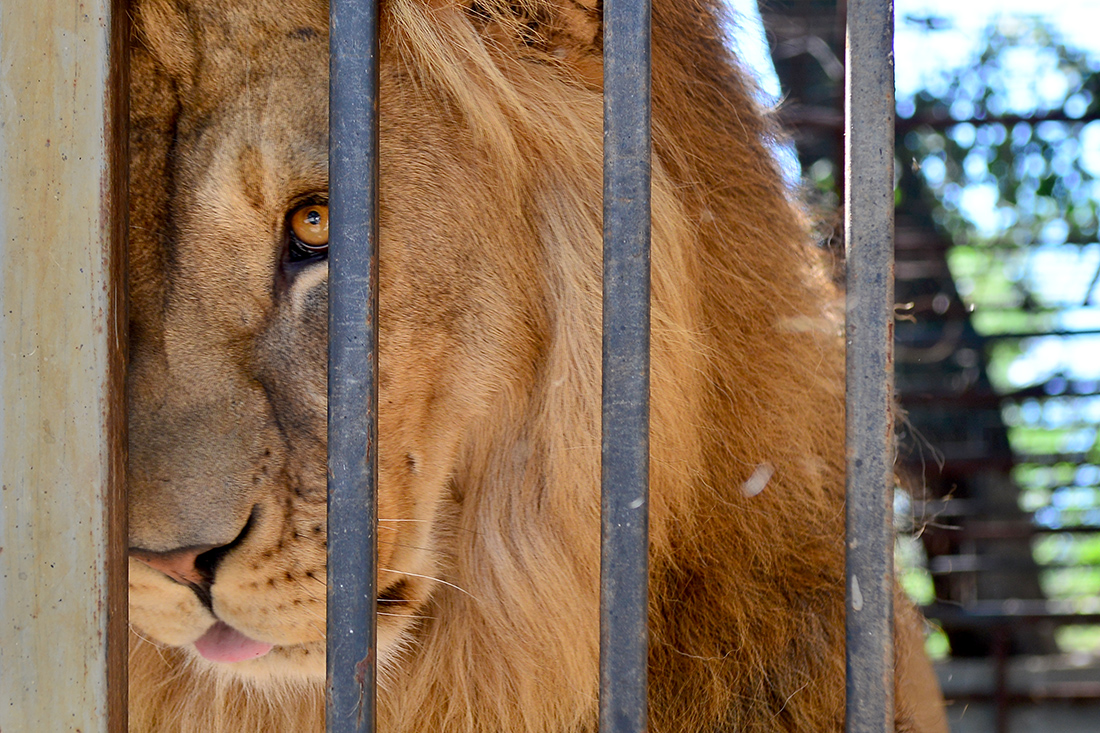Nick Dunn
Danielle Rosales and Robin Coenen: JULY 23
Spatial Codes
Spatial Codes is a blog analysing the correlation between graphic design and urban space. By analyzing the process of cognition, memory and perception, space and its societal structures and dynamics can be recognized. To understand cities, urban spaces and their dynamics we have to learn to see how these entities receive and use their environment. This is what we think is the visual language of space.
AU DIARY: JULY 23
Future Cities
On July 23 the exhibition Tomorrow’s Cities Today: the power of urban visions was opened at IZOLYATSIA (curators: Professor Nick Dunn, University of Lancaster, Dr. Paul Cureton, University of Hertfordshire and Nick Francis, Space Syntax).
OPEN public talks
METASITU, Justin Tyler Tate, Lucia Maffei
July, 21 at 19:00 IZOLYATSIA was conducted open public talks by the following Architecture Ukraine participants: METASITU (Liva Dudareva (Latvia) and Eduardo Cassina (Spain) / architecture, urbanism; Justin Tyler Tate (USA/Canada) / art; Lucia Maffei (Italy) / architecture.
AU DIARY: JULY 21
everything is urban
On Tuesday, July 21, three residents of the Architecture Ukraine project – METASITU (Liva Dudareva (Latvia) and Eduardo Cassina (Spain) / architecture, urbanism; Justin Tyler Tate (USA/Canada) / art; Lucia Maffei (Italy) / architecture – talked about their previous projects, ideas and experiences.
AU DIARY: JULY 15
IDEAS, REFLECTIONS, EXAMPLES
Today we finally reviewed our reflections, findings and thoughts about Mariupol and our ideas on how to intervene with the city. All the residents had a chance to learn about each others projects. AU reviews are an important part of the residency project. We aim to review the progress of the residency projects weekly and have in depth discussions on topics such as urbanism, public space and the city, architecture, life in conflict zones and others. Its about sharing ideas to learn more about Ukraine and its particularities. We are looking forward to reviews with our first external experts next week.
Oksana Mikheeva – “Monuments and public space of the city (in Donetsk)”
AU Diary: JULY 14
Back to Kyiv
After returning to Kyiv we have set up our studios for work at IZOLYATSIA.Platform for cultural initiatives where we will be based here for the next two months. Nevertheless the AU schedule remains intensive.
AU Diary: July 12
A Giant
Finally we made it to the oldest steel plant Illich Iron & Steel Works named after the Soviet “vozhd” Vladimir Illich Lenin. It was a grand reception – the plant’s management provided us with uniforms and helmets and showed us around the major industrial enterprise in the Donbas area.
AU Diary: July 11
Shadows of the Greek
On Saturday, the fourth day of our journey, we went to Sartana — a small Greek village which is a part of Mariupol’s agglomeration. Most of the town’s population is of a Greek ethnicity. They all speak Russian, while the Hellenic dialect (the language of Greeks who moved to this area from Crimea) is disappearing. The young generation learns Greek in schools, but the city mayor Stepan Mahsma said that this language will be gone soon.

